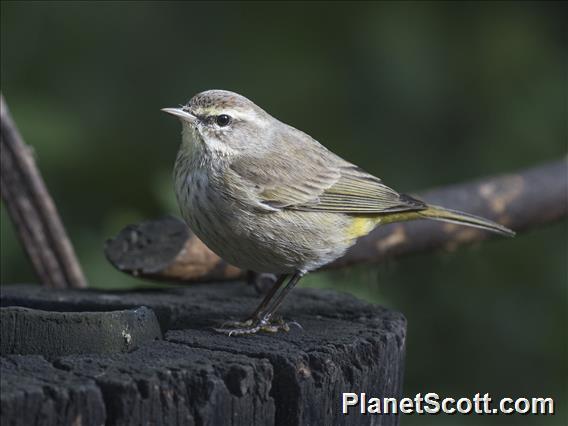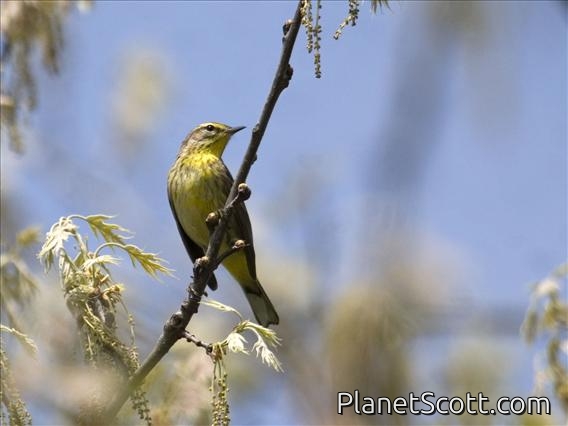Palm Warbler (Setophaga palmarum)

Palm Warbler (Setophaga palmarum)

Palm Warbler (Dendroica palmarum) - Breeding Plumage


×



Palm Warbler (Setophaga palmarum)

Palm Warbler (Dendroica palmarum) - Breeding Plumage
About Palm Warbler (Setophaga palmarum)
- Kingdom: Animals
- Phylum: Chordates
- Class: Birds
- Order: Perching Birds
- Family: New World Warblers
The palm warbler is a small songbird of the New World warbler family.
Source: Wikipedia
Visits
-
2007-12-15
Mission Creek, United States of Americabriefly saw what looked to be one near area where recently sighted by others. -
2008-01-26
Mission Creek, United States of America -
2008-02-25
San Jose del Cabo - Estuary, Mexico -
-
2009-05-08
Burnidge Forest Preserve, United States of America -
2009-05-09
Nelson Lake Forest Preserve, United States of America -
2014-01-20
Zapoten, Dominican Republic -
-
-
-
-
-
-
-
-
-
-
-
-
-
-
-
-
-
-
-






